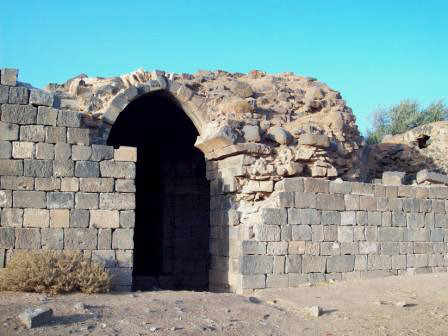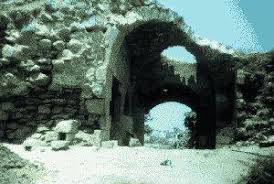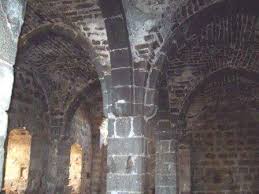Al-Muzayrib Citadel was built by the Ottoman official Sanjak-Bey Birqdar to protect the waters of Lake Muzayrib, which served as a vital reservoir for Hajj caravans. The fortress has a square layout featuring grain storage rooms and a watchtower designed to oversee the surrounding plains.
In 1757, the traveler Ali Pasha documented the site as a major station along the Syrian Hajj route. The citadel stands adjacent to Lake Muzayrib and was historically associated with a seasonal pilgrimage Souk, reflecting its dual role in both logistical support and economic activity during the Hajj season.








